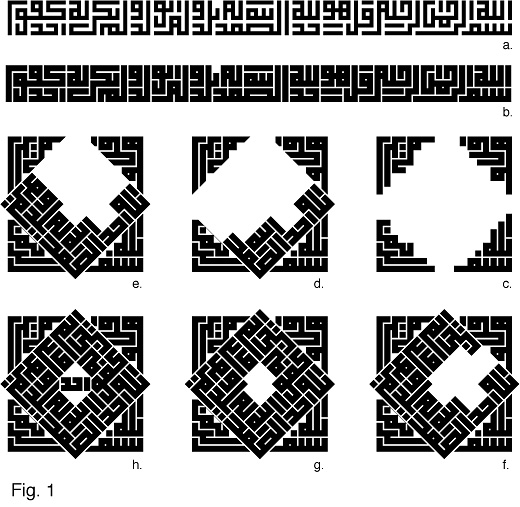

While Molsaq Arabic doesnt include Opentype features and only support the Arabic script. Molsaq Pro comes with many Opentype features such as stylistic alternates, ligatures, swashes, and small caps. Molsaq is an Arabic script font perfect for setting applications that require tight leading, such as posters, hence the name, which means poster in Arabic. Stroke contrast is low, but there is still some modulation at junctures, keeping typographic color from getting too dark. I never thought to search for Arabic fonts could be so complicated but it was.

The design of this font family is inspired by two classic scripts: Kufic and Naskh. The subscription costs 16.50 per month and gives you unlimited access to a massive and growing library of 1,500,000 items that can be downloaded as often as you need (stock photos too). Other users also search for: ornamental, roman kufi, brick, square.Īll the Fonts you need and many other design elements, are available for a monthly subscription by subscribing to Envato Elements. This ancient-yet-modern dichotomy is what makes the Kufic script timeless in its appeal, and why I deeply admire this form of calligraphy.Free fonts often have not all characters and signs, and have no kerning pairs (Avenue A venue, Tea T ea). The bare rectangular shapes incorporate only the essential elements to distinguish between individual letters, resulting in a truly minimalist typography. Its blocky letters were originally designed for tiling and mosaics, but viewed through our modern lenses they are reminiscent of pixel art. Though this script is evidently ancient, it is simultaneously distinctly modern. Thuluth is certainly beautiful and deserving of its popularity, but the often under-appreciated square Kufic style has much to offer, particularly to today’s designers. This is in stark contrast to the flowing swirls and loops typical of the Thuluth style - a variation of Naskh, and probably the most universally recognizable form of Arabic calligraphy. The most distinct form of Kufic is the square Kufic style, which simplifies the Arabic letters into their most basic rectangular shapes. Kufic pervaded early Islamic art, but gradually fell out of favor as calligraphers adopted the Naskh style as their primary script for documents and manuscripts around 1,000 years ago. It is named for the city of Kufah (today in Iraq), where the script is thought to have originated. The earliest manuscripts of the Quran were written using this script until around the 10th century, and it decorates the walls of countless mosques and shrines across the Middle East and beyond. In a sentence, Kufic is the oldest form of Arabic calligraphy, dating from about 1,400 years ago. You might know something about Arabic calligraphy, but are you familiar with Kufic? Chances are you might be missing out on one of Arabic’s greatest art forms.


 0 kommentar(er)
0 kommentar(er)
